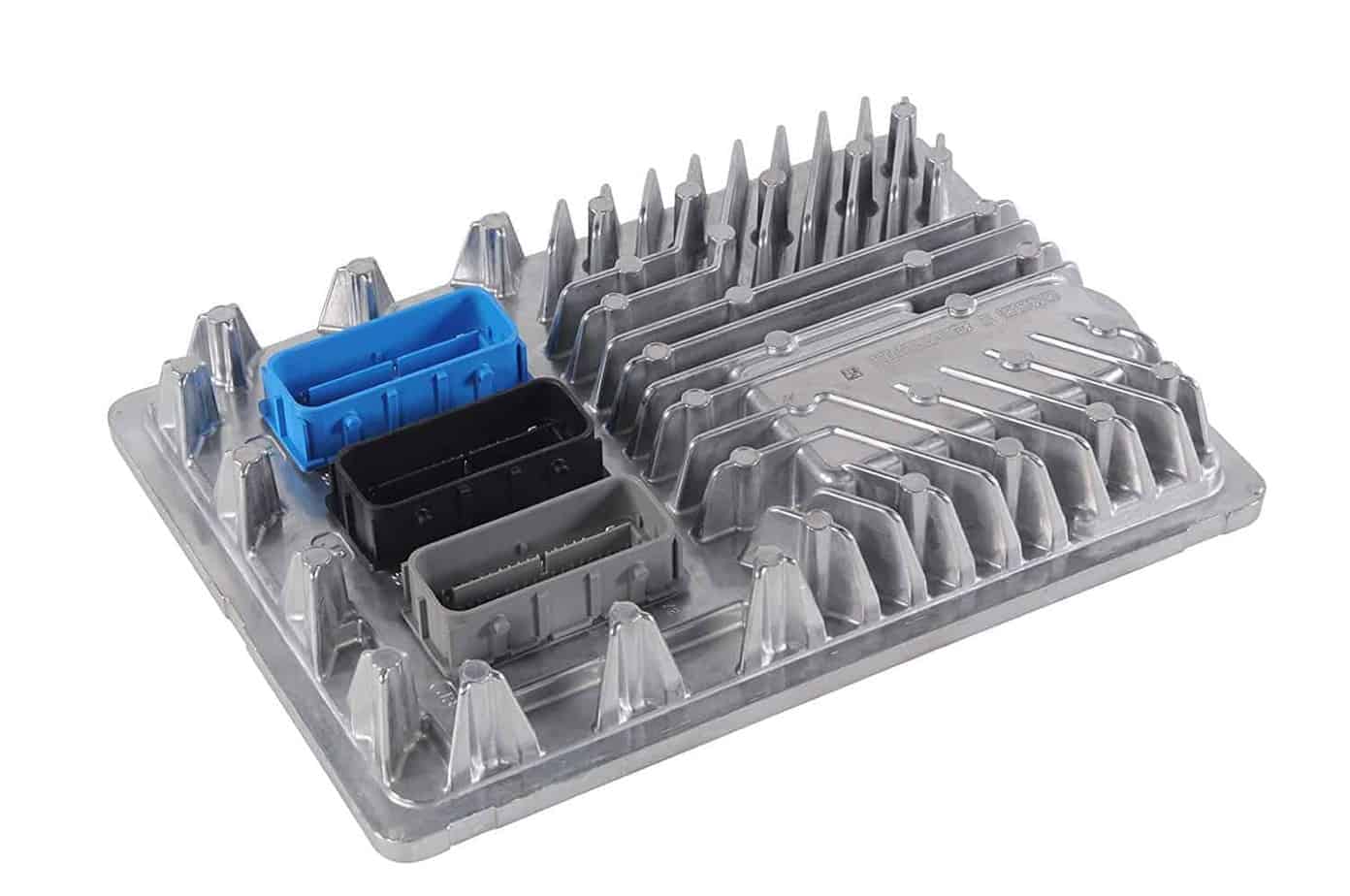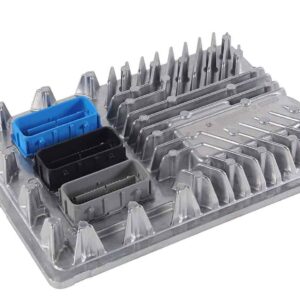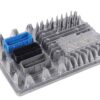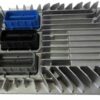Restore Your Vehicle’s Core Performance and Reliability
Is your 2017 Tahoe or other GM vehicle suffering from frustrating issues like intermittent stalling, a persistent check engine light, poor fuel mileage, or a complete no-start condition? The Engine Control Module (ECM) is the sophisticated brain of your vehicle, and when it fails, it can cause a cascade of problems that are often misdiagnosed. This isn’t just an inconvenience; it’s a critical failure that compromises your vehicle’s performance and safety. As a technician with over two decades of experience, I’ve seen firsthand how a faulty ECM can mimic other issues, leading to wasted time and money on unnecessary repairs.
This is your direct-fit, reliable solution. We provide a genuine GM Engine Control Module, part number 12692068, that arrives at your door pre-programmed with the latest factory software calibrations specific to your vehicle’s VIN. This crucial step saves you a trip to the dealership and eliminates the most complex part of the replacement process. Simply provide your VIN at checkout, and we handle the programming, ensuring the module is ready for installation and final setup.
A Technician’s Notebook: The Case of the Intermittent No-Start
I once had a 2017 Sierra 1500 in my bay with an issue that had stumped two other shops. The truck would randomly refuse to start, but only after it was warm. There were no consistent trouble codes, just a frustrated owner. We checked the fuel pump, starter, and battery—all were fine. On a hunch, I monitored the ECM’s data stream during a hot soak. I noticed the 5-volt reference signal to the sensors would occasionally drop out just before a no-start event. This tiny, intermittent internal failure within the original ECM was the culprit. Replacing it with a correctly programmed unit like this one solved the problem permanently. It’s a classic example of how a failing ECM can cause ghost-in-the-machine problems.
Is Your GM Truck Showing These Telltale ECM Failure Signs?
A failing ECM can manifest in numerous ways. If you’re experiencing any of the following, this module is likely the solution you need. Look out for:
- ✔ Check Engine Light (CEL) illumination with communication-related codes such as P0601, P0606, or U0100.
- ✔ Engine stalling, stumbling, or misfiring for no apparent reason.
- ✔ The vehicle cranks but refuses to start.
- ✔ A noticeable and sudden drop in fuel economy.
- ✔ Erratic automatic transmission shifting behavior.
- ✔ Other modules on the vehicle setting ‘loss of communication with ECM’ codes.
Your Straightforward ECM Installation Guide
Replacing the 2017 Tahoe Engine Control Module is a manageable job for a confident DIYer or any professional technician. Follow these general steps for a successful installation.
- Safety First: Always disconnect the negative terminal from your vehicle’s battery and wait a few minutes to ensure all systems are powered down.
- Locate the ECM: On most GM trucks and SUVs like the Tahoe and Sierra, the ECM is located in the engine compartment, typically on the driver’s side near the firewall or fender.
- Disconnect Connectors: Carefully release the locking tabs on the electrical connectors and pull them straight out from the module. Never force them. Inspect the pins for any corrosion or damage.
- Remove the Old Module: Unbolt the old ECM from its mounting bracket. Keep the hardware as you will reuse it.
- Install the New Module: Mount your new, pre-programmed ECM securely onto the bracket and reconnect the electrical connectors until they click firmly into place.
- Reconnect Battery: Reattach the negative battery terminal.
- Perform Relearn Procedures: This is a critical final step. You or your mechanic will need to perform the Vehicle Theft Deterrent (VTD) relearn using a GM-compatible scan tool with access to TIS2WEB or Techline Connect. The vehicle will not start until this security handshake is completed. Other relearns, like the crankshaft position variation, may also be required.
Verified Fitment for Your GM Vehicle
This module is a direct replacement for part number 12692068 and is also compatible with part numbers 12704476, 12686382, 12674052, 12674472, and 12678815. It is confirmed to fit the following vehicles:
- Cadillac ATS (2017): 3.6L, VIN Y
- Cadillac CTS (2017): 6.2L (Supercharged) or 3.6L, VIN 8 (Twin Turbo)
- Cadillac Escalade / ESV (2017)
- Cadillac XTS (2017): 3.6L, VIN 8
- Chevrolet Corvette (2017)
- Chevrolet Silverado 1500 (2016-2018)
- Chevrolet Suburban 1500 (2017)
- Chevrolet Tahoe (2017)
- GMC Sierra 1500 / Denali 1500 (2016-2018)
- GMC Yukon / Yukon XL 1500 (2017)
Frequently Asked Questions
Why do I need to provide my VIN?
Your Vehicle Identification Number (VIN) allows us to program the Engine Control Module with the exact software and calibrations your specific vehicle requires from GM. This ensures proper engine, transmission, and emissions system operation, saving you a costly trip to the dealership for programming.
What is a VTD relearn and why is it my responsibility?
The Vehicle Theft Deterrent (VTD) relearn is a security procedure that syncs the new ECM to your vehicle’s ignition key and anti-theft system. Without it, the vehicle will not start. Because this step requires a physical connection to the vehicle with specialized tools (like GM’s TIS2WEB/Techline Connect), it must be performed by the end installer after the part is installed.
Will this fix my check engine light?
If the check engine light is caused by an internal ECM failure (e.g., codes P0601, U0100), this module is the correct fix. However, if the light is on due to a faulty sensor or other component, that separate issue will still need to be addressed. A proper diagnosis is always recommended.
Is this part difficult to install?
The physical replacement of the module is straightforward for most individuals with basic mechanical skills. The main challenge is the requirement for the electronic relearn procedures post-installation, which requires professional-level scan tools.
What other relearns might be needed besides the theft system?
Depending on your vehicle’s specific configuration, you may need to perform a Crankshaft Position Variation Relearn for misfire detection, and potentially other setup procedures like injector flow rate programming. These are standard procedures after an ECM replacement and are the responsibility of the installer.



